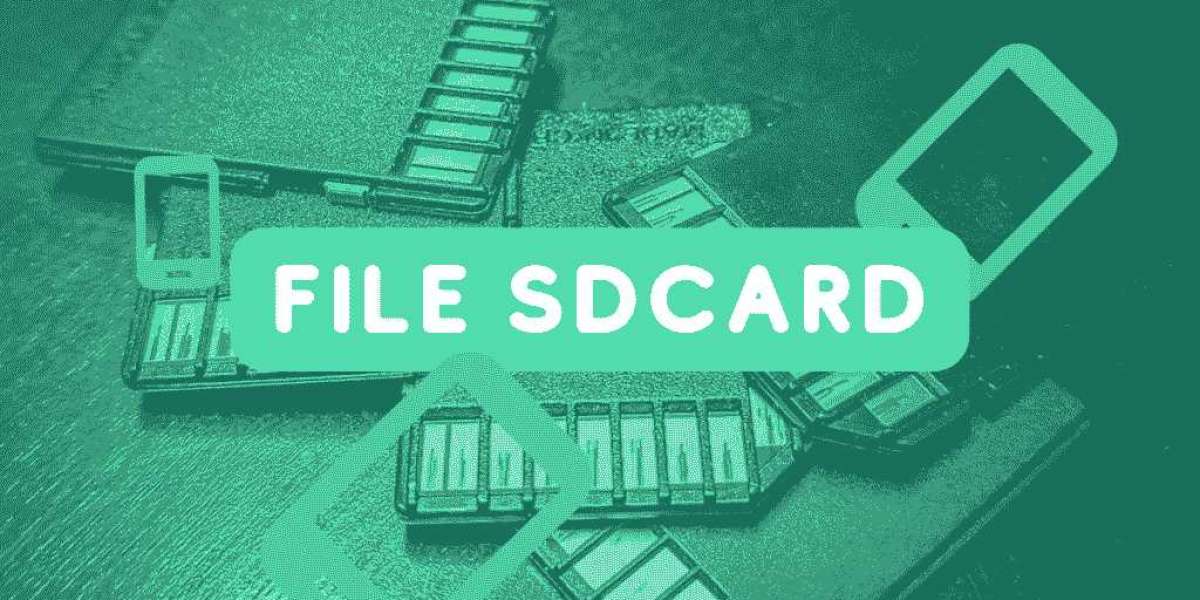Tracking cryptocurrency transactions ensures transparency, security, and peace of mind when dealing with digital currencies like Bitcoin, Ethereum, or other altcoins. Whether you’re sending funds, awaiting a deposit, or confirming the success of a transaction, understanding how to track it is essential. In this guide, we’ll explore how to track cryptocurrency transactions, the tools required, and how the blockchain ensures complete transparency for every transfer.
What Is Cryptocurrency Transaction Tracking?
Cryptocurrency transaction tracking involves monitoring the movement of coins from one wallet to another on the blockchain network. Every time someone sends or receives cryptocurrency, that activity is recorded publicly on the blockchain, which serves as a decentralized ledger. The transaction data is accessible through block explorers, tools that allow users to view specific details like transaction status, amount, and fees.
Also Read:- How To Fix Blockchain Unconfirmed Transaction
Why Should You Track Cryptocurrency Transactions?
Tracking transactions helps in many ways:
- Ensure Completion: Confirm whether a transfer was successful and has reached the recipient’s wallet.
- Check Status: Verify if a transaction is still pending or already confirmed.
- Detect Issues: Monitor for potential delays or unconfirmed transactions.
- Prevent Fraud: Ensure no unauthorized transactions occur within your wallet.
How to Track Cryptocurrency Transactions Step-by-Step
Tracking cryptocurrency transactions is simple when using blockchain explorers. Below are the steps to follow:
1. Obtain the Transaction ID (TXID)
After sending or receiving crypto, the platform (like an exchange or wallet) will provide a Transaction ID or Hash. This ID is a unique code that represents the specific transaction on the blockchain.
2. Choose the Right Blockchain Explorer
Different cryptocurrencies operate on separate blockchains, meaning you’ll need the right explorer. Here are some popular ones:
- Bitcoin: Blockchain.com Explorer
- Ethereum: Etherscan.io
- Litecoin: BlockCypher Explorer
3. Enter the TXID in the Block Explorer
Go to the relevant blockchain explorer and paste the Transaction ID into the search bar. This will show detailed information about the transaction, including:
- Status: Pending or confirmed
- Block Height: Which block the transaction was added to
- Timestamp: When the transaction occurred
- Fees: The transaction fee paid to miners
4. Monitor the Confirmation Status
Most blockchains require several confirmations (e.g., Bitcoin needs 6 confirmations) to validate a transaction. You can monitor how many confirmations it has received to ensure it’s finalized.
What to Do If Your Cryptocurrency Transaction Is Stuck
In some cases, transactions may get stuck due to network congestion or low fees. Here are a few solutions:
- Wait for Network Congestion to Clear: If the network is overloaded, it may take more time to process the transaction.
- Use Accelerators: Some networks offer transaction accelerators that prioritize your transfer.
- Replace-by-Fee (RBF): If the transaction allows, you can increase the fee and resend it using RBF.
- Contact Support: If you’re using an exchange, contact their support to confirm if the transaction requires manual intervention.
Top Block Explorers for Tracking Cryptocurrency Transactions
Below are some of the most popular block explorers for various blockchains:
| Cryptocurrency | Block Explorer |
|---|---|
| Bitcoin | blockchain.com/explorer |
| Ethereum | etherscan.io |
| Litecoin | live.blockcypher.com/ltc |
| Binance Smart Chain | bscscan.com |
FAQs
1. Can I track a cryptocurrency transaction without a TXID?
Yes, you can track transactions by using the wallet address involved in the transaction. However, using the TXID provides more precise information.
2. How long does a cryptocurrency transaction take?
Transaction time varies based on network congestion and the fees paid. Bitcoin may take 10 minutes to several hours, while Ethereum transactions are typically faster.
3. Why is my cryptocurrency transaction still pending?
Your transaction may be pending due to low fees or network congestion. In such cases, it may take longer to confirm.
4. Are cryptocurrency transactions anonymous?
While the transaction details are public, they are linked to wallet addresses, not personal identities, offering pseudonymity but not complete anonymity.
Conclusion
Tracking your cryptocurrency transactions is crucial for ensuring smooth and secure transfers. With the help of Blockchain Customer Care, you can monitor the progress of your transactions in real-time, detect potential issues, and ensure they reach their destination safely. If your transaction gets stuck, using accelerators or adjusting fees can help speed things up. For seamless crypto management, always stay informed about your transfers and leverage the transparency that blockchain technology provides.
Start tracking your transactions today to stay ahead and enjoy the benefits of secure and transparent cryptocurrency exchanges!



